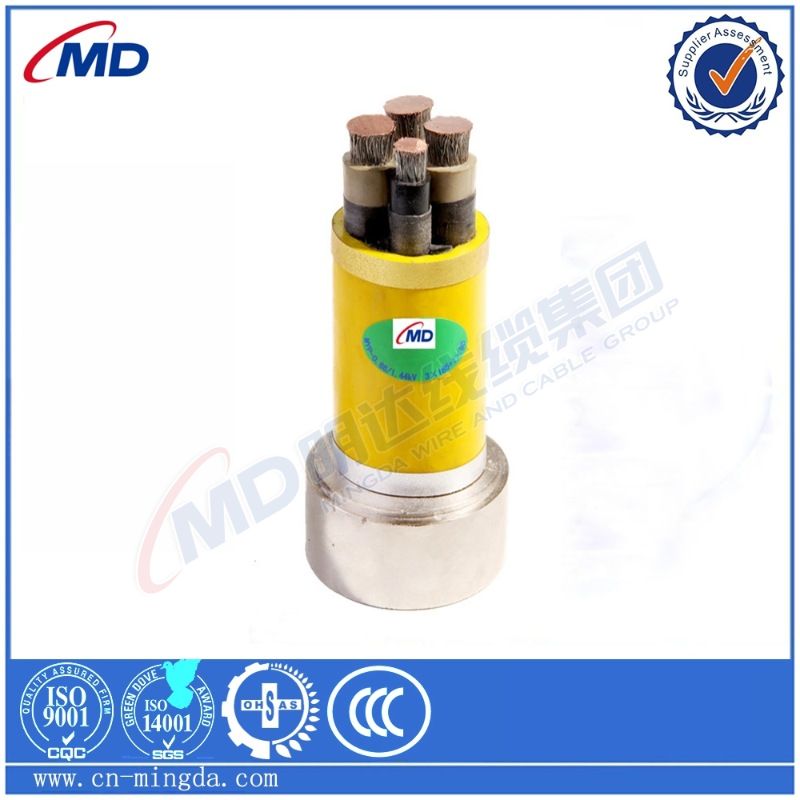10 月 . 19, 2024 01:33 Back to list
rubber joint expansion
Understanding Rubber Joint Expansion An Essential Component in Mechanical Systems
Rubber joint expansion refers to the use of flexible rubber joints in mechanical systems to accommodate movement, vibrations, and thermal expansion. These joints serve as a critical component in various applications, particularly in piping systems, where the need for flexibility and the ability to absorb shocks are paramount.
One of the primary roles of rubber joints is to handle the thermal expansion that occurs in pipes due to temperature fluctuations. As fluids pass through pipes, the heat generated can cause the materials to expand. Without proper allowances for this expansion, pipes can become stressed, leading to leaks, cracks, or even catastrophic failures. Rubber joints provide the necessary flexibility to absorb these movements, protecting the integrity of the entire system.
In addition to accommodating thermal expansion, rubber joints also play a vital role in damping vibrations. Many industrial processes involve machinery that generates significant vibrations, which can transmit through pipes and cause wear and tear over time. By incorporating rubber joints, systems can absorb these vibrations, minimizing the risk of damage to both the components and the structure they are connected to.
The design of rubber joints allows for various configurations, making them suitable for a wide range of applications. They can be manufactured in different shapes, sizes, and rubber compounds, tailored to meet specific requirements. From water treatment facilities to chemical processing plants, rubber joint expansion has proven invaluable in ensuring efficient and safe operations.
rubber joint expansion

One of the significant advantages of rubber joints is their cost-effectiveness. Compared to other expansion joints made from metal or other materials, rubber joints tend to be more affordable and easier to install. Their lightweight nature also makes them an attractive option for various installations, reducing overall labor costs and simplifying the maintenance process.
However, it is essential to consider factors such as temperature limits, pressure ratings, and compatibility with the fluids passing through the system when selecting rubber joints. Not all rubber materials can withstand extreme temperatures or highly corrosive substances, which could lead to premature failure. Therefore, it is crucial to choose the right type of rubber joint suited for the specific application to ensure longevity and reliability.
Regular maintenance and inspection of rubber joints are also critical. Over time, exposure to elements such as sunlight, ozone, and chemicals can lead to degradation of the rubber material. This degradation can compromise the joint’s ability to function correctly, leading to leaks or system inefficiencies. Implementing a routine maintenance schedule can help identify potential issues before they escalate into more significant problems.
In conclusion, rubber joint expansion plays a vital role in modern mechanical systems, providing flexibility, shock absorption, and protection against thermal expansion and vibrations. With their cost-effectiveness and adaptability, they have become a preferred choice in many industrial applications. By understanding their importance and ensuring proper maintenance, organizations can enhance the efficiency and reliability of their operations, ultimately leading to improved performance and safety.
Share
-
Understanding the Differences Between Wafer Type Butterfly Valve and Lugged Butterfly ValveNewsOct.25,2024
-
The Efficiency of Wafer Type Butterfly Valve and Lugged Butterfly ValveNewsOct.25,2024
-
The Ultimate Guide to Industrial Swing Check Valve: Performance, Installation, and MaintenanceNewsOct.25,2024
-
Superior Performance with Industrial Swing Check Valve: The Essential Valve for Any SystemNewsOct.25,2024
-
Industrial Swing Check Valve: The Ideal Solution for Flow ControlNewsOct.25,2024
-
You Need to Know About Industrial Swing Check Valve: Functionality, Scope, and PerformanceNewsOct.25,2024